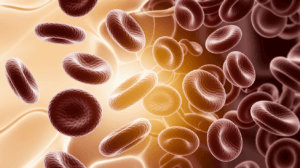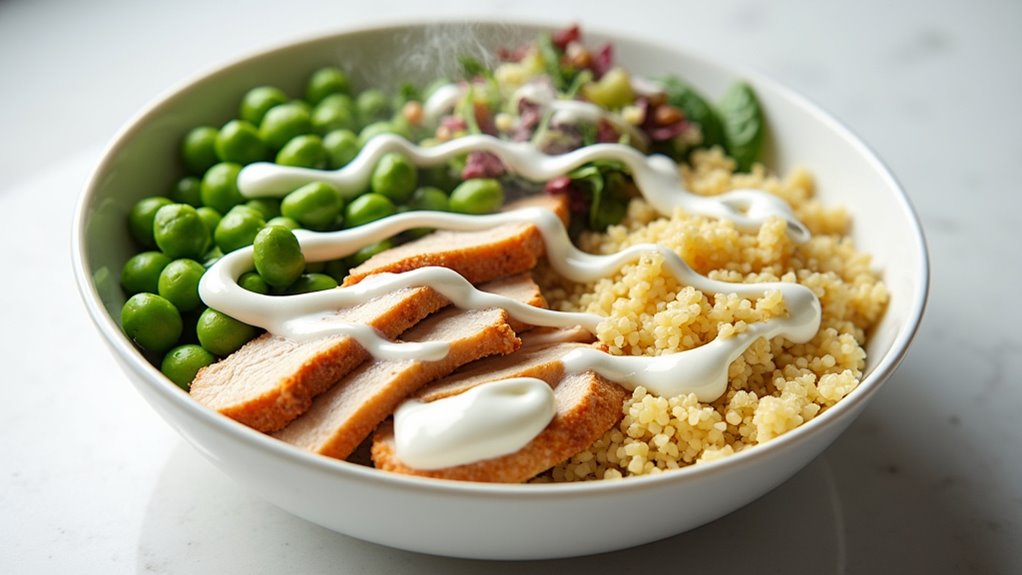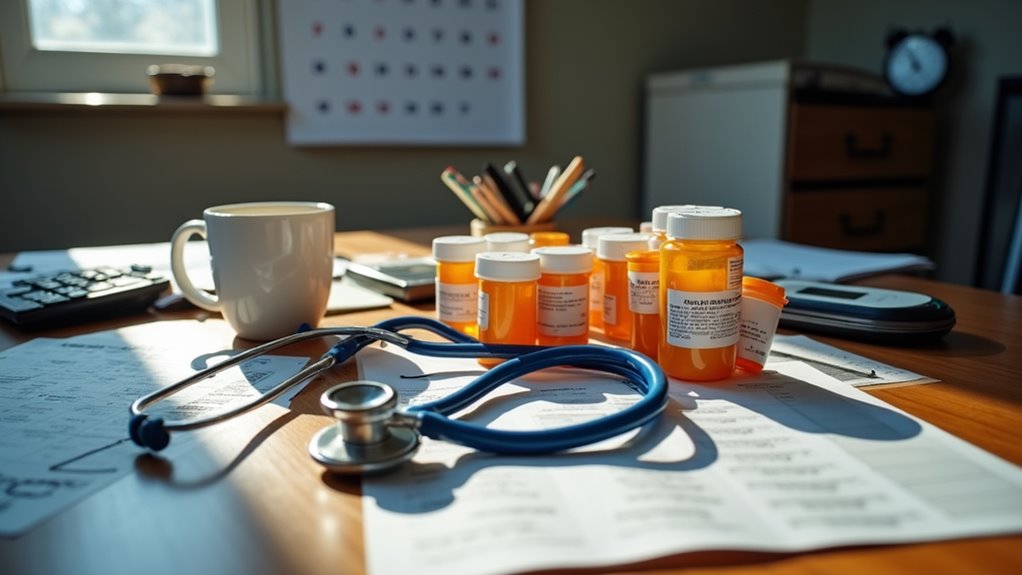This table clearly and directly compares the recommended (optimal) ranges for various markers in a blood test with the common clinical ranges used in traditional laboratories. What each row shows is detailed below:
- Fasting Glucose:
The recommended optimal range is 85 to 99 mg/dL, while the clinical range typically spans 70 to 99 mg/dL. This suggests that, from an optimal standpoint, you are looking to keep glucose in a narrower range and slightly above the clinical minimum. - Total Cholesterol:
An optimal range is established between 150 and 199 mg/dL, in contrast to the clinical reference which is generally below 200 mg/dL, although in some cases an approximate range of 125 to 200 mg/dL is considered. This indicates that, ideally, a more precise control of total cholesterol is preferred. - LDL:
For LDL, the optimal range is “less than 99 mg/dL,” while the clinical reference may be “less than 100 mg/dL” or else a broader range (0 – 129 mg/dL) in general evaluations. The difference highlights the importance of maintaining even lower LDL levels for optimal metabolic health. - HDL:
The table shows that the optimal range for HDL is 55 to 100 mg/dL, versus an approximate clinical reference of 40 to 60 mg/dL (with ideals of >40 mg/dL in men and >50 mg/dL in women). This reinforces the idea that higher HDL levels are associated with better cardiovascular benefits. - Triglycerides:
An optimal range of 75 to 100 mg/dL is recommended, compared to the clinical reference which is set at less than 150 mg/dL. A lower triglyceride range is desirable to minimize the risk of metabolic and cardiovascular problems.
In summary, this table serves as a reference tool to quickly identify differences between what is considered ideal for metabolic health and standard clinical ranges, helping to better interpret blood tests and make more informed health decisions.
| Marker | Optimal Range | Clinal Range (Common Reference) |
|---|---|---|
| Fasting Glucose | 85 – 99 mg/dL | 70 – 99 mg/dL |
| Total Cholesterol | 150 – 199 mg/dL | Less than 200 mg/dL (aprox. 125 – 200 mg/dL) |
| LDL | Less than 99 mg/dL | Less than 100 mg/dL (optimal) or 0 – 129 mg/dL in general ranges |
| HDL | 55 – 100 mg/dL | Approximately 40 – 60 mg/dL (ideal: >40 mg/dL in men, >50 mg/dL in women) |
| Triglycerides | 75 – 100 mg/dL | Less than 150 mg/dL |
Source: American Diabetes Association (2023); Diane Sanders, HHC, CFBS (2024); National Cholesterol Education Program – ATP III; American Heart Association.




